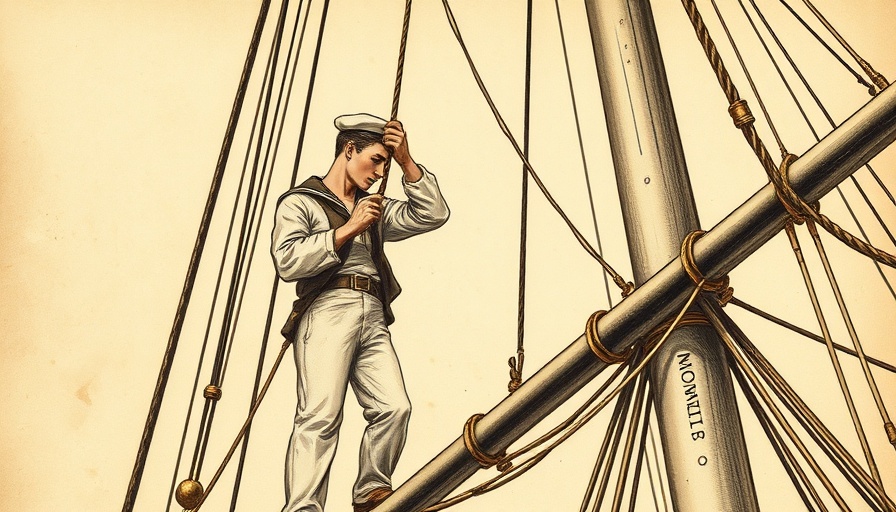
The British Navy's Reluctance to Embrace Lightning Rods: A Historical Analysis
The mid-18th century marked a pivotal moment in the realm of electrical science, largely thanks to Benjamin Franklin's experiments with lightning. He championed the use of lightning rods as protective measures against electrical strikes, yet the British Navy resisted adopting this life-saving technology well into the 19th century. This puzzling hesitance raises significant historical, scientific, and even psychological questions about the role of innovation in maritime practices.
Resistance Rooted in Historical Context
The British Navy's resistance was not borne of ignorance alone; it was steeped in a complex mixture of belief and bureaucracy. As documented in the Transactions of the Royal Historical Society, lightning-related accidents were rampant among sailors, leading to hundreds of injuries and fatalities during the age of sail. Yet, despite the evident risks, many in the Navy clung to outdated beliefs that lightning rods not only failed to protect but could also attract lightning strikes. This misconception had lingering effects, culminating in skepticism towards advancements in lightning protection for years.
Scientific Advancements vs. Bureaucratic Hesitation
Enter William Snow Harris, a physician and electrical researcher who advocated for a more effective lightning protection system for naval vessels. His innovative approach included a fixed conductor system designed to divert electric discharge safely into the sea—a method that demonstrably saved ships and crews from catastrophe. However, as chronicled by Harris’s contemporaries, financial constraints, existing traditions, and a powerful bureaucratic force, embodied by figures like John Barrow of the Admiralty, obstructed the integration of this technology even after compelling evidence emerged, such as successful pilot tests on several naval vessels.
Counterarguments: Fear and Financial Constraints
One major argument against adopting Harris’s system revolved around its cost compared to simpler methods. While Harris's plan could run into hundreds of pounds, alternative methods using chains or cables cost less than five. This financial disparity, coupled with the Navy's existing defensive strategies—though demonstrably less effective—illuminated a cautious approach to change within the military system.
The Personal Toll: Psychological Impact on Sailors
Despite the practical and financial argumentation, the psychological impact of lightning strikes on sailors was profound. Many described the terror of encountering lightning on the open seas as not merely an immediate danger but an ongoing mental burden. Documented accounts tell of sailors experiencing sustained anxiety and traumatic stress in the wake of such events, thus creating a culture of fear that further delayed the acceptance of protective measures. Lightning was more than a natural occurrence; it was emblematic of divine judgment and natural unpredictability.
Conclusion: Lessons from History
The British Navy’s delayed adoption of lightning protection reveals the complex interplay between scientific understanding and bureaucratic inertia. As we reconsider these historical challenges, we see a valuable lesson: innovation can often be overshadowed by entrenched beliefs and financial concerns, regardless of the potential benefits a new technology may offer. Understanding this dynamic not only furthers our appreciation of historical events but also serves as a reminder to remain open-minded toward innovations in fields where human safety and well-being are at stake.
This exploration encourages modern parallels, urging contemporaries to reflect on which potentially life-saving technologies may still be resisted due to outdated beliefs or fear of change. Thus, the enduring legacy of the lightning rod serves as a powerful metaphor for progress: sometimes, the greatest obstacles to innovation reside within us.
 Add Row
Add Row  Add
Add 




Write A Comment